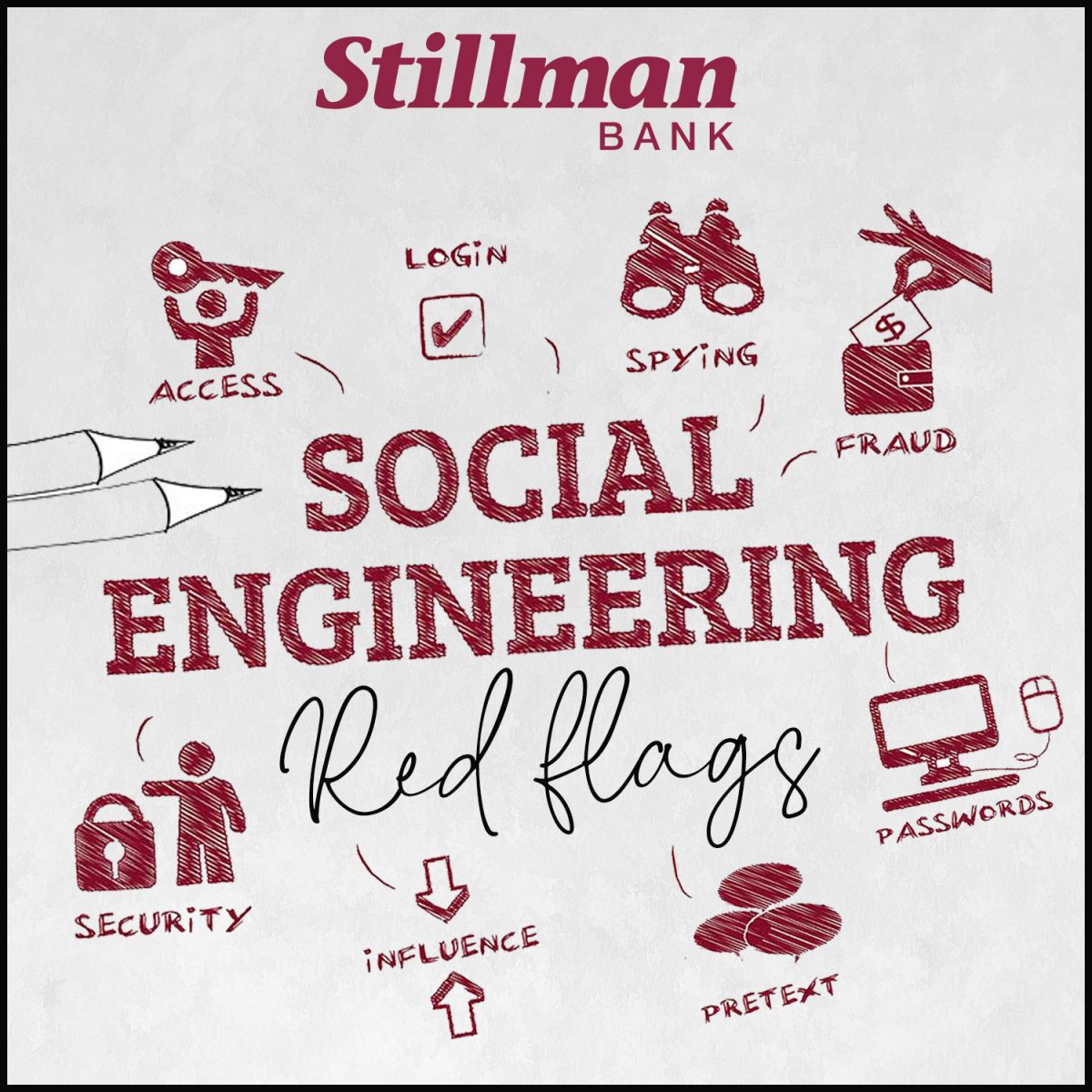
Social Engineering Red Flags
In today’s digital world, email is a critical resource for communication for both businesses and personal users. It’s hard to imagine life without it! But threat actors (hackers and scammers) are constantly trying to take advantage of this useful tool by employing social engineering tactics to gain information. In 2020, Social Engineering was the #1 method used in all data breaches. So how do we protect ourselves and our information when it comes to email? Here are 5 parts of an email to review that can help you identify red flags.
1. Review Sender Information: Do you recognize the sender? Were you expecting an email from them? Pay close attention to the email address. Threat actors will often tweak an email address just slightly to make it appear legit. Instead of the letter ‘m,’ they will use an ‘r next to ‘n’ which can disguise itself as an ‘m’ when using a smaller font size . If the email is from someone you know, are they asking you to do something out of the ordinary?
2. Review Recipient Information: Were you copied (cc’d) on an email sent to one or more people, but you don’t personally know the other people it was sent to? Or was the email sent to a random group of people that you know, but it doesn’t make sense that they’d also be getting the same email (random friends or family members)? This is a common red flag that indicates the sender doesn’t really know who they are sending to but hopes to get anyone to take action on the email.
3. Hyperlinks: We’ve come to a point where any email that contains a link has to be questioned. If you hover over the link with your mouse it will show you where that link will actually take you. Often times the threat actor will make the link say one thing but when clicked on, it will actually take you somewhere entirely different. Another very popular one is when you receive an email and there’s nothing in the body of the email except for a single link. Never ever trust those emails!
4. Attachments: Same as with hyperlinks, we’ve come to a point where these should always be questioned as well. Any file type can be dangerous these days. Are you expecting the attachment? Does the name of the attachment make sense with the content of the rest of the email?
5. Content: This is the biggest red flag of them all usually. Is the sender asking you to click on a link or open an attachment to avoid a negative consequence? Threat actors prey on our emotions and usually try to create a sense of urgency to “scare” you into clicking/opening. Does the email contain bad grammar or spelling errors? Threat actors are often working from overseas and English is not their first language.
Whenever in doubt, take the extra time to follow up directly with the sender to verify the authenticity of an email. Be sure to use a form of communication other than email though. Often times the email account has been hacked and the threat actors are sending emails right from the user’s account with their username and password.
Benjamin D. Miller, CBSM, CBSTP, CBEH
Stillman Bank Vice President & Information Technology Officer


